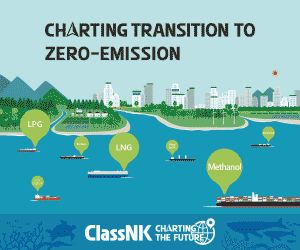The Indian government is drafting new maritime regulations to align with the International Maritime Organisation’s (IMO) upcoming emission standards, as part of India’s broader goals for maritime development and its green energy transition.
The new rules, based on the IMO’s Revised GHG Strategy 2023, will affect ship design, construction and operational costs, as well as the planning of future mega ports and shipyards. They will introduce updated fuel requirements for ships and implement a global carbon pricing mechanism.
New vessels built at Indian shipyards must either have dual-fuel capabilities or be fully powered by green fuels such as compressed natural gas (CNG), liquefied natural gas (LNG), methanol, ammonia, green hydrogen, or electricity. The new regulations will also set a phased plan for reducing carbon dioxide (CO₂) emissions and upgrading ports with greener infrastructure.
Additionally, shipowners will also be required to engage classification societies for early compliance assessments. The Directorate General of Shipping (DGS), under the Ministry of Ports, Shipping and Waterways, has already issued a guidance note outlining the IMO’s Net Zero Framework and Greenhouse Gas Fuel Intensity (GFI)-based compliance requirements, aiming for stakeholders to familiarise themselves with the rules.

































































